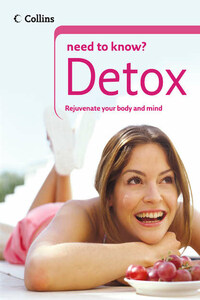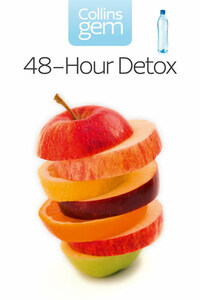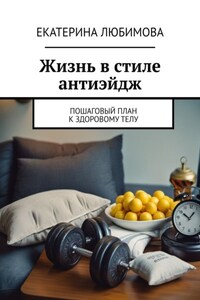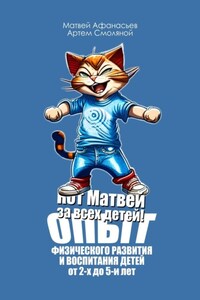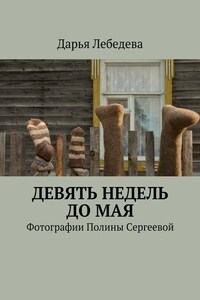The liver, kidneys, spleen, digestive system, respiratory system, lymphatic system and skin all work together to try and keep potentially harmful substances (toxins) out of our bodies, or to neutralize them if they do get in. So how well are your bodyâs defences working?
What is a toxin?
must know
Smoking
Cigarettes contain up to 600 additives and when these are set on fire, the smoke contains over 4,000 chemicals, of which over 50 are known to be cancer-forming. They include radioactive Polonium-210, found in tobacco that is grown in fields which are fertilized with phosphates, and Zyklon B, a gas that was used by the Nazis for mass extermination in the death camps.
Toxins are substances that can harm us when they are ingested into the body. If asked to name some toxins, most people would mention alcohol, tobacco and caffeine first, and they would be right in so far as these are all substances that can cause significant harm to the body. They are deliberately ingested toxins, but there are many more that we donât consume deliberately and may not even be aware of. Some are in the air we breathe, the water we drink and the foods, even seemingly healthy ones, that we eat.
When you eat a strawberry that has been sprayed with pesticide to kill any bugs in the strawberry patch, you ingest the pesticide along with the vitamin C and antioxidants of the fruit. When you stand on a city street and breathe in, your lungs have to cope with a cocktail of exhaust fumes and other gases, among which is the oxygen we need to stay alive. When you drink mineral water, you could be consuming traces of antimony, a poison that has been found in plastic bottles, alongside the water we need for survival.
We are surrounded by toxins at every turn, no matter how hard we try to be healthy. Fortunately, however, our bodies have ways of dealing with most of the substances they come into contact with.
A good weep
The eyes have their own defence system to prevent toxins getting in. Our eyelashes sweep away larger particles, while our tears contain an enzyme called lysozyme, which can destroy bacteria, and the liquid washes away micro-organisms.
Prevention is the best defence
To get into the body, toxins have to be inhaled, eaten or absorbed through the skin. The first-line defences try to prevent entry in the first place but, if they fail, there are second and third lines in waiting.
When you breathe in through your nose, some tiny hairs â cilia â filter out particles of dust and soot, which will be expelled the next time you sneeze or blow your nose. The mucous membranes lining the mouth and nose contain a chemical called lactoferrin, which destroys bacteria, and saliva also has a host of antibacterial ingredients. As air travels down the respiratory tract, more cilia and mucous membranes remove any unwanted particles and phlegm is produced to ferry them upwards, triggering sensors that induce us to cough.
